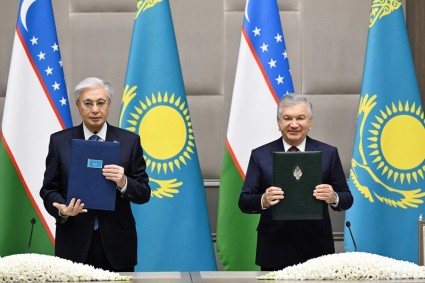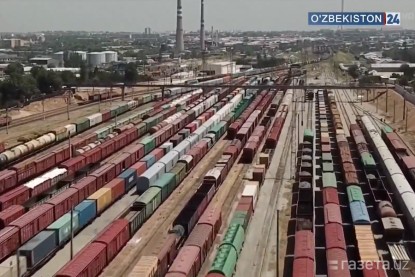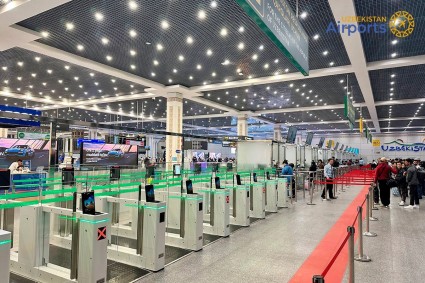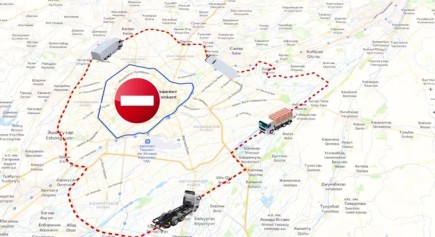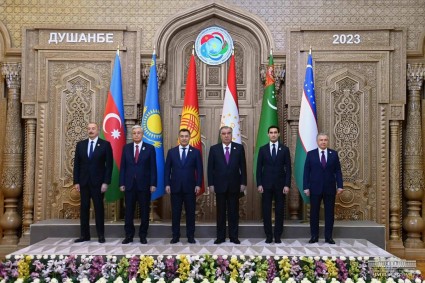Remediation work at legacy uranium mining sites in Uzbekistan is under way, bolstered by a €9 million grant from the Environmental Remediation Account for Central Asia (ERA) set up on the initiative of the European Union (EU) and managed by the European Bank for Reconstruction and Development (EBRD). This is the second Central Asian state, where such remediation activity under the ERA is taking place.
The grant funds will support work to close the identified mine openings, demolish derelict facilities that were used for uranium ore processing, and to re-cultivate selected waste rock areas at the Yangiabad and Charkesar mines.
The former site is 75 km east of the country’s capital, Tashkent. It has seven mines spread across the mountainous terrain around the town of Yangiabad. Once remediated, this area, known locally as the Uzbek Alps, will be environmentally safe, allowing livelihoods and tourism to flourish.
The Charkesar-2 mine site is 140 km east of Tashkent and 60 km to the west of the city Namangan in the Fergana Valley. The contaminated area of approximately 25 hectares contains 5 already remediated waste rock dumps and two abandoned mine shafts. The existing water diversion channels on site are dilapidated.
The ERA has now allocated funding to remediate five out of seven high priority sites in Central Asia (three of which are in the Kyrgyz Republic and two in Uzbekistan). As well as the mandatory remediation and demolition works, the ERA-supported activity will help prevent toxic material from dispersing into the river system across the Fergana Valley, home to more than 15 million people.



